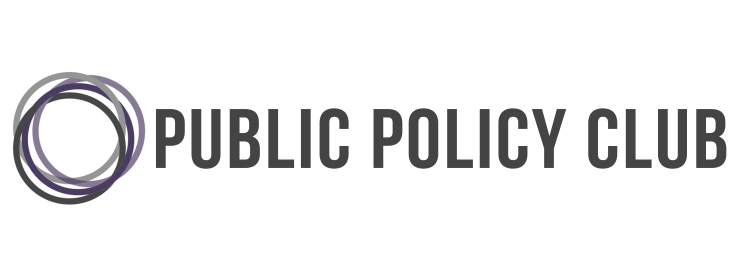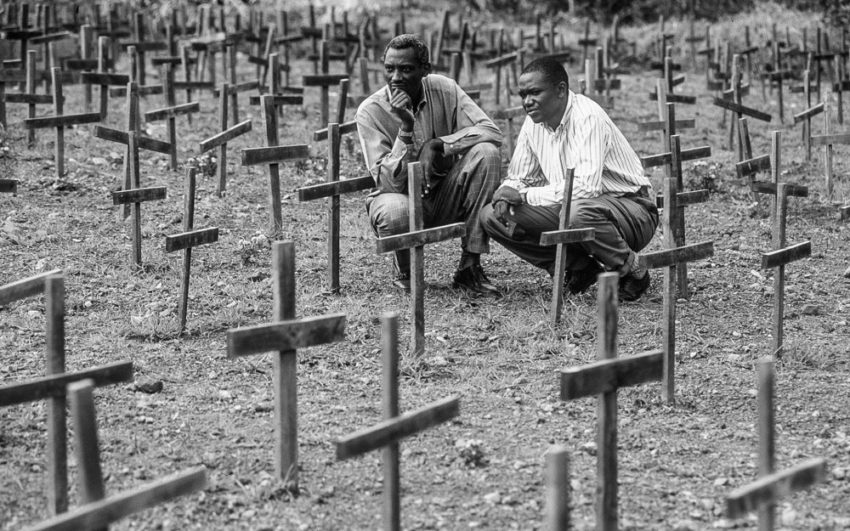By Pau Sicat
The Rwandan genocide in 1994 is widely regarded as the deadliest and “the fastest mass killing in history”. It was led by the Rwandan military with at least 600,000 Tutsis and Hutus killed within the short span of a few months.
To answer what the common causes of genocide are, we can identify various political, economic or ideational conditions that may have allowed and caused the Rwandan society at the time to become genocidal.
Defining Genocide
According to the UN, Genocide can be defined as: “acts committed with the intent to exterminate, in whole or in part, a national, ethnical, racial or religious group.” This definition covers any of the following acts with that intention [1]:
- killing members of the group;
- causing serious bodily or mental harm to members of the group;
- imposing measures intended to prevent births within the group;
- forcibly transferring children of the group to another group.
Based on the theories by Ernesto Verdeja and Dr Chris Wilson, the common causes or factors that encourage or manifest the conditions for a country to resort to genocide involve the following: (1) deep social cleavages; (2) economic recession; (3) political instability due to a power struggle between two large group, one of them being an armed military force; (4) and some form of international intervention.
Rwanda 1994
Context
Rwanda was a Belgian colony until the 1960s when they finally announced their independence. This colonial context is crucial to the conflict because although Hutu and Tutsi shared many similarities the differences between the two group identities became more pronounced, and politicized under Belgium rule. The implementation of identity cards required people to be identified as either Tutsi or Hutu, which along with preferential treatment towards Tutsi lead to growing animosity.
After Rwanda’s independence, Hutu being the majority group gained political dominance, which subsequently led to the massacre of 100,000 Tutsis. The genocide started in the context of civil war from 1990 to 1994 with Tutsi Rwandan Patriotic Front (RPF). During this time, the war devastated the country’s economy and caused rising tension due to a sense of threat from increased militarization, overall violence and propaganda of which 3,000 Tutsis were killed. The effects of the war provided the following conditions for genocide to take place; (1) economy in freefall, (2) expulsion of many people from conquered territories created many internally displaced persons who later became some of the worst perpetrators, (3) government created civilian militias.

The Arusha Peace Accord also played a significant role leading up to the genocide. The initiative was proposed by the international community in an attempt to end the civil war. However, this plan backfired when Hutu moderates excluded the Hutu Power faction from their negotiation with the RPF which would have given the Tutsis considerable political and military influence, and caused thousands of Hutu soldiers to lose their jobs. The genocide in 1994 prompted the UN Secretary General to request for further military assistance from U.S. and other powers. However, this proposal was rejected and was instead asked for a reduction in the military which caused the UN to eventually withdraw their troops.
Road to Social Reconciliation
The Rwandan government has since made efforts for reconciliation with their “One Nation” programme. This reconciliation initiative is an effort to build and solidify relationships within members of communities with diverse backgrounds [3], and involves but isn’t limited to:in :
- cooperatives where people of a village work together for community development
- Ndi Umunyarwanda: the “I am Rwandan” campaign where people are given a space to discuss history, repent on past crimes committed against another group and to some extent, assist with the healing process
- Umuganda: once a month, people participate in collective community work dedicated for cleaning infrastructure, road repairs, etc.
- Umugoroba w’ababyeyi: evening for parents within a village to discuss politics, community development, family and other issues
The programme has had its fair share of successes and failures, it aims to downplay the social, cultural and political significance of ethnic identity based on the belief that adopting a common identity as Rwandans will eventually heal the wounds left by violence and reduce polarisation.[3 The programme involves mass re-education, as well as an overarching goals of serving justice. Upon reintegration of ex-combatants into Rwandan society, not only do they receive all rights as Rwandan citizens and are subject to taxes and domestic laws, they are also not held accountable for crimes of genocide they may have committed prior to fleeing Rwanda. [2]
Despite the government’s attempts to put less emphasis on ethnic differences in Rwanda, ethnic identity continues to be a prominent aspect of their society. The prominent presence of ethnic differences requires the Rwandan government to aim to reconstruct a society where ethnicity is recognized, acknowledged and freely expressed socially and politically, as opposed to downplaying the significance of diversity within a deeply polarized society.

Germany’s attempts to make amends with the rest of the world after WW2 and the impacts of the Holocaust saw $60 billion in reparations through their Weidergutmachung (“To Make Good Again”) programme which goes towards direct survivors of the Holocaust, forced labourers and other victims of the Nazis. [4] This restitution programme is only a small part of Germany’s efforts to atone by recognizing and acknowledging their country’s past and the crimes they have committed.
Using Germany’s example, for the Rwandan government to acknowledge their country’s history and struggles with ethnic differences, they need to give their people opportunities for discussion within a political space and be able to freely express themselves and discuss their differences. However, the government’s efforts have had its fair share of both success and failure. Rwandan studies have reported that the implementation and encouragement of cooperatives in the “One Nation” programme have contributed to “genuine reconciliation among direct victims and perpetrators of the genocide due to long-term interactions and gradual relationship-building.” [3]
Final Thoughts
The case in Rwanda covers the political and economic turmoil, social cleavages and instances of international intervention that both countries were affected by. Leading up to the genocide, military anxiety ran rampant, showing the significant role of the military when harboring fear and sense of threat as violence escalates. These causal factors for the eruption of 1994 Rwanda may provide helpful insight on predicting when violent conflict could occur in the future. As for Rwanda’s post-conflict reconciliation efforts, although their “One Nation” programme is built upon good intentions, it may be too soon to move past ethnic differences. Perhaps the government can incorporate more activities that provide their people the opportunity to openly discuss Rwandan history while also recognising and acknowledging each other’s’ ethnic differences.
Bibliography
[1] United Nations. Office on Genocide Prevention and the Responsibility to Protect. Retrieved on https://www.un.org/en/genocideprevention/genocide.shtml. 2020.
[2] Jennifer, Melvin. ‘Reconstructing Rwanda: balancing human rights and the promotion of national reconciliation.’ The International Journal of Human Rights. 14:6, 944. 2010. Retrieved from https://www-tandfonline-com.ezproxy.auckland.ac.nz/doi/pdf/10.1080/13642987.2010.512139?needAccess=true&.




